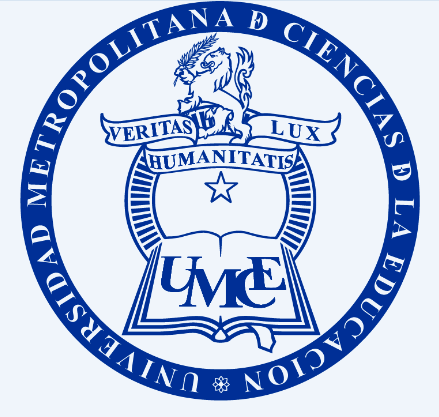Main Article Content
Apr 20, 2023
Abstract
This article presents dififerent studies on Chilean Sign Language, carried out since 1987, by the research team fforn the Linguistics Area of the Special Education Department of the Universidad Metropolitana de Ciencias de la Educación. Sign Language (ChSL) is the most important valué in the culture of deaf people in our country. It is their natural communication system, the symbol that identifies them as members of the deaf community, through which they build their identity as a
person. Most of the previous studies have focused on describing aspects of the dififerent levels of the language, with the objective of constructing its grammar. Other studies establish an approximation to understanding deaf people's world views. On the other land, due to the interest in leaming this language and the need for deaf instructors to be the ones responsible for its teaching, a project for deaf people was developed consisting of workshops, as a proposal for training that offers the foundations necessary to accomplish this duty in a satisfactory way. The dififerent studies have always involved the participation of deaf people, especially from the Association of Deaf People of Chile. As we are aware that these studies have been carried out from our perspective as people without hearing disabilities, we hope that, in the future, these studies are performed by deaf people themselves.
References
Adamo, Dora e Irene Cabrera. (1991). La Educación de las Personas Sordas y la Lengua de Señas. Revista Educación. MINEDUC - CPEIPE. N° 186. 31 - 36.
Adamo, D., Cabrera, I. Acuña, X. y A. Cárdenas. (1997). “¿Porqué una Educación Bicultural Bilingüe para las Personas Sordas?” Revista UMCE. N°3, 43-52.
Adamo, D., Cabrera, I. Acuña, X. y P. Lattapiat. (1999).Verbos de Concordancia en la Lengua de Señas Chilena. Revista de Lingüística y Traducción. ONOMAZEIN. N°4. 344-355. Santiago.
Adamo, D. y P. Lattapiat. (1999). Situación de la Educación de las Personas Sordas en Chile. En Actualidad de la Educación Bilingüe para Sordos. Editora Mediacao. Vol.l. Porto Alegre.
Adamo, D., Cabrera, I . , Acuña, X. y P. Lattapiat. (1999). Verbos Espaciales Locativos en la Lengua de Señas Chilena. Revista de Lingüística Teórica y Aplicada. RLA Vol.37. 7-21. Concepción.
Adamo, D. e I. Cabrera. (2000). La Situación Cultural de las Personas Sordas en Chile. Revista FIAPAS N°76. 49-56. Madrid.
Adamo, D., Cabrera, I. , Acuña, X. y P. Lattapiat. (2003). Clasificadores en la Lengua de Señas Chilena. En Educación de Sordos. ¿Educación Especial y/o Educación? Libros en Red. Buenos Aires. myw.librQsenred.com
Erting, Carol. (1978). Language, Policy and Deaf Ethnicity in the United States. Sign Language Studies. 19, 139-152. Linstock Press. INC.
Klima E. Y U. Bellugi. (1979).The Sign o f Language. Harvard University Press. Cambridge. Massachusset.
Lissi, M. R., Cabrera, I. , Raglianti, N., Grau, V. y M. Salinas. (2003). Literacidad en Escolares Sordos Chilenos: Evaluación y Desafíos para la Investigación y la Educación. Revista Psykhe. 12 (2). 37-50.
Ministerio de Planificación y Cooperación (1994) Ley de Integración Social de las Personas con Discapacidad. Santiago de Chile.
Ministerio de Educación. (2005). Políticas de Educación Especial. Santiago de Chile.




